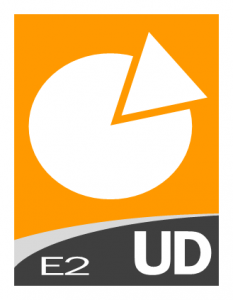 The Uneven Economic Development Indicator considers inequality within the economy, irrespective of the actual performance of an economy. For example, the Indicator looks at structural inequality that is based on group (such as racial, ethnic, religious, or other identity group) or based on education, economic status, or region (such as urban-rural divide). The Indicator considers not only actual inequality, but also perceptions of inequality, recognizing that perceptions of economic inequality can fuel grievance as much as real inequality, and can reinforce communal tensions or nationalistic rhetoric. Further to measuring economic inequality, the Indicator also takes into account the opportunities for groups to improve their economic status, such as through access to employment, education, or job training such that even if there is economic inequality present, to what degree it is structural and reinforcing.
The Uneven Economic Development Indicator considers inequality within the economy, irrespective of the actual performance of an economy. For example, the Indicator looks at structural inequality that is based on group (such as racial, ethnic, religious, or other identity group) or based on education, economic status, or region (such as urban-rural divide). The Indicator considers not only actual inequality, but also perceptions of inequality, recognizing that perceptions of economic inequality can fuel grievance as much as real inequality, and can reinforce communal tensions or nationalistic rhetoric. Further to measuring economic inequality, the Indicator also takes into account the opportunities for groups to improve their economic status, such as through access to employment, education, or job training such that even if there is economic inequality present, to what degree it is structural and reinforcing.
Questions to consider may include*:
Economic Equality
- Economic Equality – Gap: Is there a large economic gap?
- Discriminatory Economics: Is the economic system discriminatory?
- Economic Justice: Does economic justice exist?
- Hiring Practices: Are hiring practices generally fair – legally and the perception of others?
- Social System: Do equal rights exist in the society?
- Equal Rights Legislation: Are there laws protecting equal rights?
Economic Opportunity
- Free Education: Does free education exist and if so, to which grade?
- Equal Education: Is the education provided relatively equal?
- Fair Housing: Is there a housing system for the poor?
- Job Training: Do programs for job training exist?
- Access to Job Training: Use Do people know about the job training and is it available based on qualification and need?
Socio-Economic Dynamics
- Ghettos or Slums: Do ghettos and slums exist?
* Indicator descriptions are not exhaustive, and are intended only as an entry point for further interpretive analysis by the user.